I have the below two tables imported to power bi from SQL database:
<table border="1">
<tr><th>Id</th><th>Name</th></tr>
<tr><td>1</td><td>One</td></tr>
<tr><td>2</td><td>Two</td></tr>
<tr><td>3</td><td>Three</td></tr>
<tr><td>4</td><td>Four</td></tr>
<tr><td>5</td><td>Five</td></tr>
</table>
<br>
<br>
<table border="1">
<tr><th>Selected Ids</th></tr>
<tr><td>1,2,3</td></tr>
<tr><td>1,3</td></tr>
<tr><td>1</td></tr>
<tr><td>3</td></tr>
<tr><td>1</td></tr>
<tr><td>BLANK</td></tr>
<tr><td>BLANK</td></tr>
</table>Now, i need to add a calculated column to the second table where Ids are replace with the Name. Like,
<table border="1">
<tr><th>Selected Ids</th><th>Names</th></tr>
<tr><td>1,2,3</td><td>One,Two,Three</td></tr>
<tr><td>1,3</td><td>One,Three</td></tr>
<tr><td>1</td><td>One</td></tr>
<tr><td>3</td><td>Three</td></tr>
<tr><td>1</td><td>One</td></tr>
<tr><td>BLANK</td><td>BLANK</td></tr>
<tr><td>BLANK</td><td>BLANK</td></tr>
</table>How can i achieve this in an efficient manner and avoid creating multiple columns.
Thanks in Advance.



